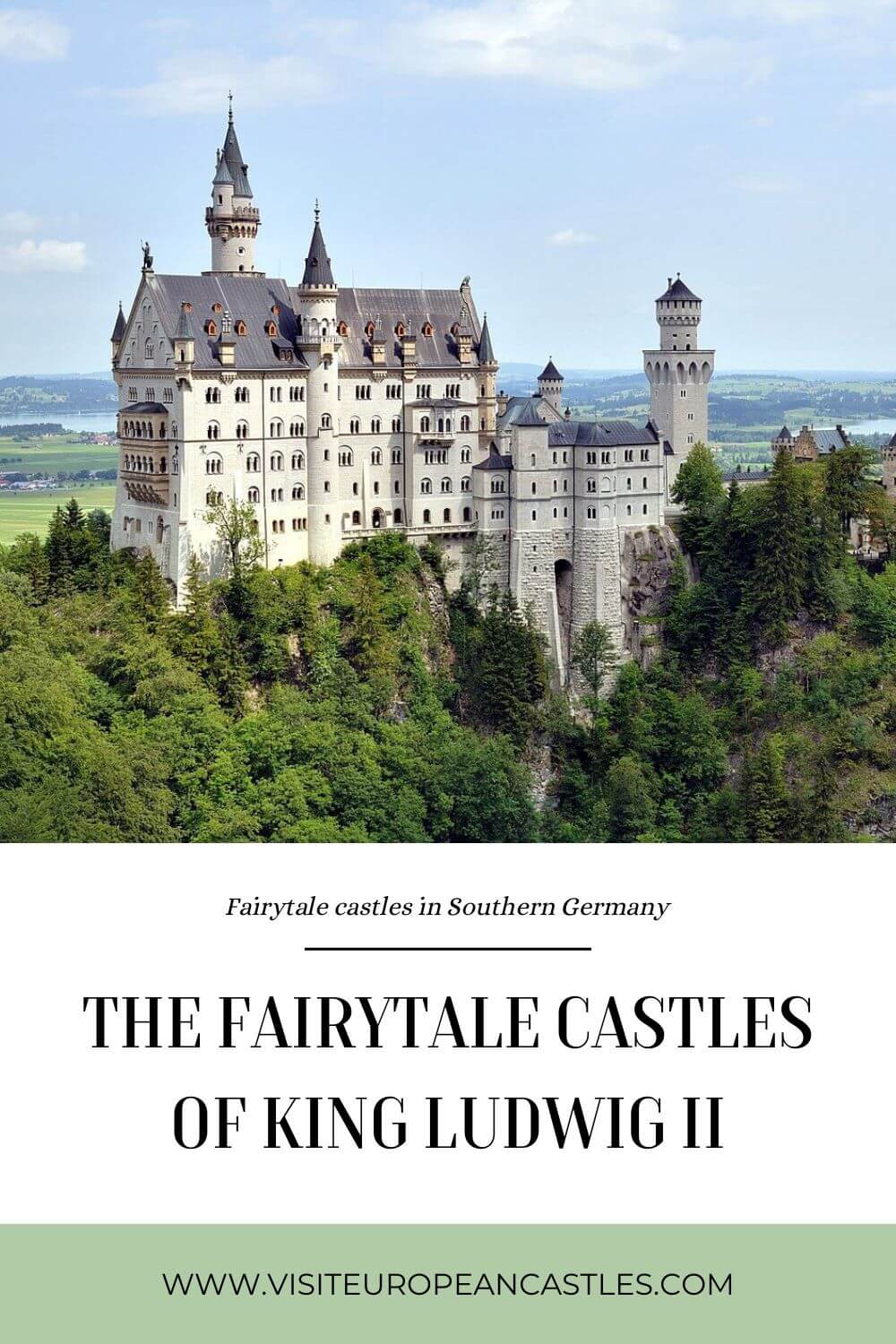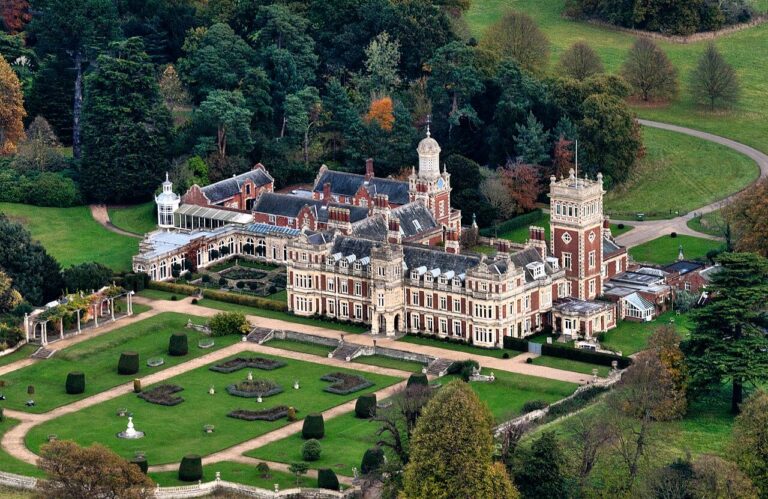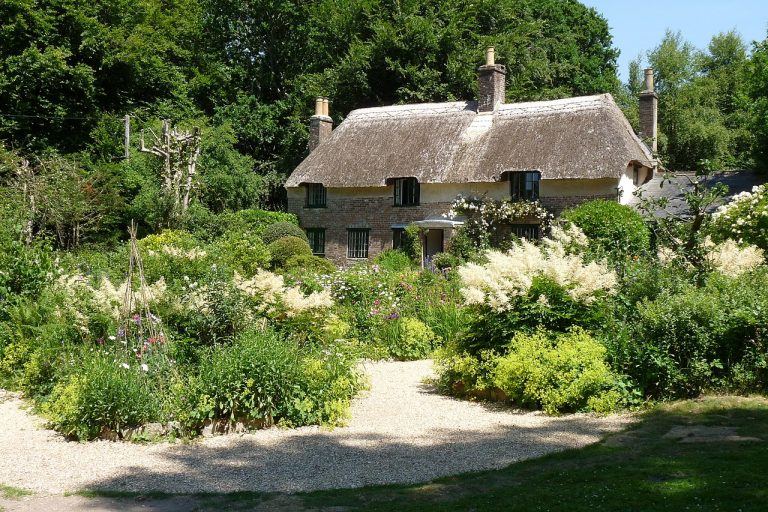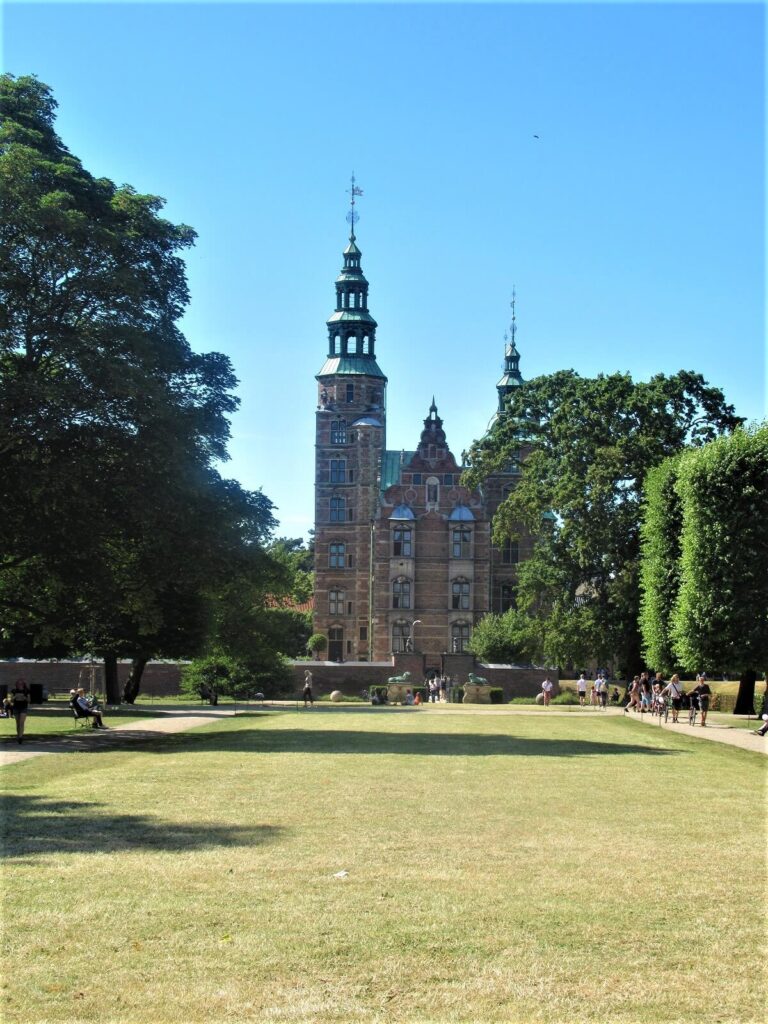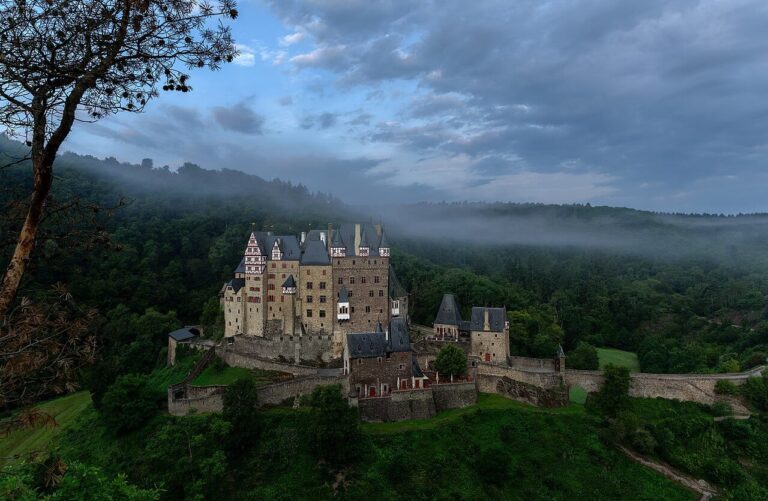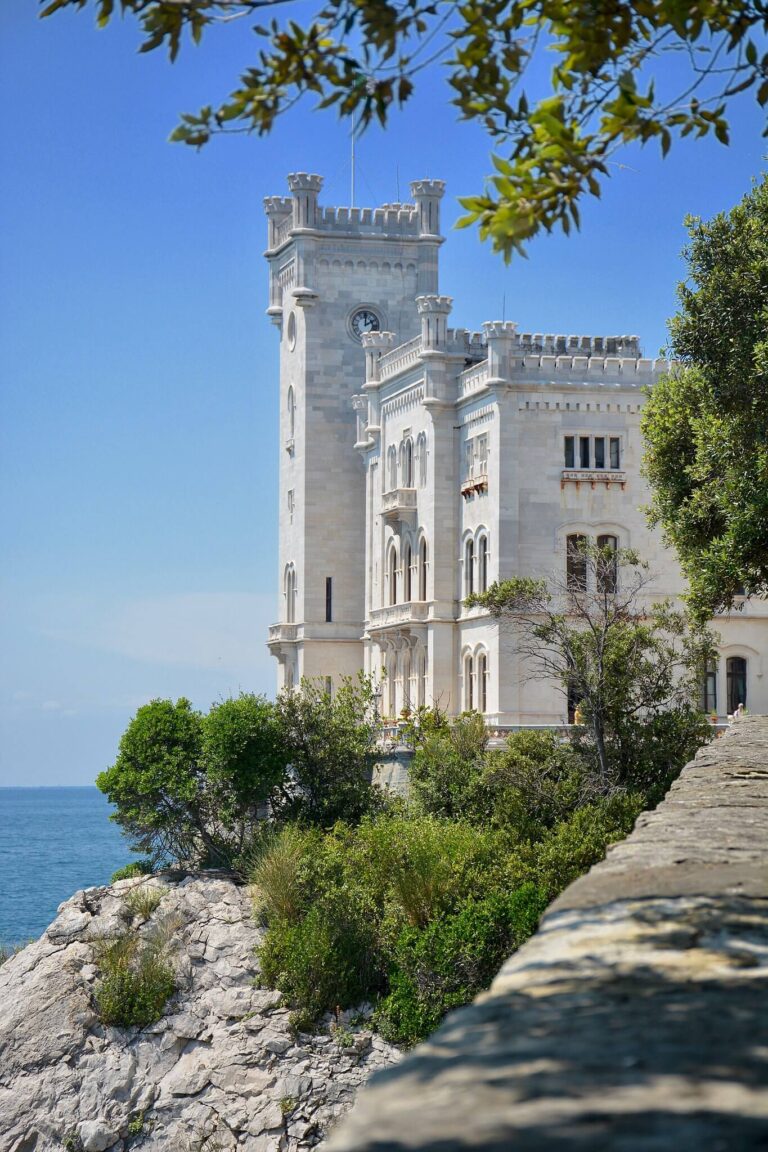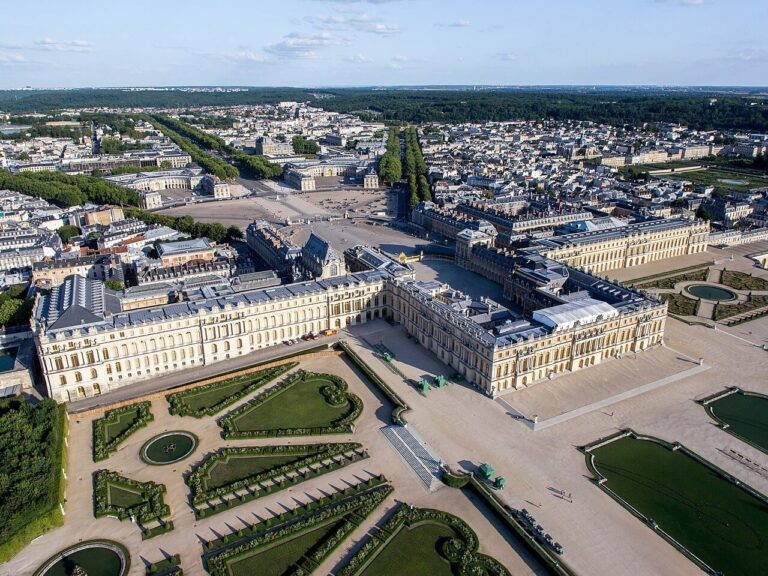The Fairytale Castles of King Ludwig II of Bavaria
In 1864 at the age of 18, Ludwig Otto Friedrich Wilhelm became King Ludwig II of Bavaria. Ludwig II (also known as the Swan King or the Fairy Tale King) was King of Bavaria until his death in 1886.
During his reign, he used all his private money for his artistic and architectural projects. He built three castles in Southern Germany that are now major tourist attractions, Next to his love for architecture, he also was a patron of the famous composer Richard Wagner.
Though we now look at the castles that he built as architectural wonders that we all want to visits. During his reign, he was heavily criticized for his extravagance. And eventually, he was declared insane (hence the nickname “Mad King Ludwig”). King Ludwig II was taken into custody and on 12 June 1886 he was deposed. One day later, Ludwig and his doctor were found dead.
In 1867 King Ludwig visited the French Chateau de Pierrefonds and the Palace of Versailles and the German Wartburg Castle. These visits influenced the architectural styles of his own castles. But also the operas of Richard Wagner were a big inspiration for his new Royal palaces.
King Ludwig II died young, but his architectural legacy lives on, and King Ludwig Castles in Germany are among the most visited castles in Germany (and the world). These magnificent castles are located in the state of Bavaria, and can be visited on a day trip from Munich.
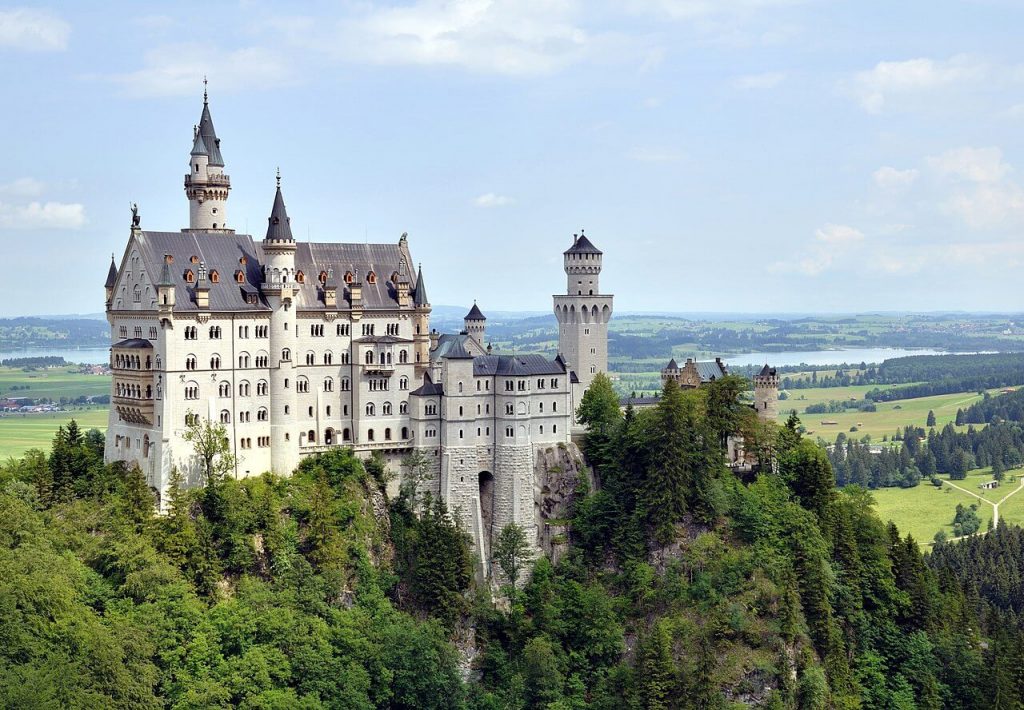
Neuschwanstein Castle
The first castle that King Ludwig II built was Neuschwanstein Castle. Schloss Neuschwanstein in Bavaria is a classic fairy tale castle set high upon a mountain with multiple towers. It’s no wonder that this castle was the inspiration for Walt Disney for his Sleeping Beauty castle.
The castle is located in Hohenschwangau, close to Ludwig’s childhood home Hohenschwangau Castle. During Ludwig’s childhood, two castle ruins stood on this site which he replaced by the new castle.
Ludwig was not only inspired by the Chateau de Pierrefonds and the Palace of Versailles for his new castle. Another inspiration are Wagner’s operas Tannhäuser and Lohengrin.
The castle is designed by stage designer Christian Jank and architect Eduard Riedel. As many castles during this period, Neuschwanstein is built in a romanticism style. In the castle you will find Romanesque, Gothic, and Byzantine architecture styles.
Ludwig died before its completion. But you can visit this Disney Castle with the Throne Room, King Ludwig’s suite, the Singers’ Hall, and the artificial Grotto.
Where: Hohenschwangau
Built: 1869
Style: Romanesque Revival
Visitor information: the castle is open daily. Visit the website for more information.
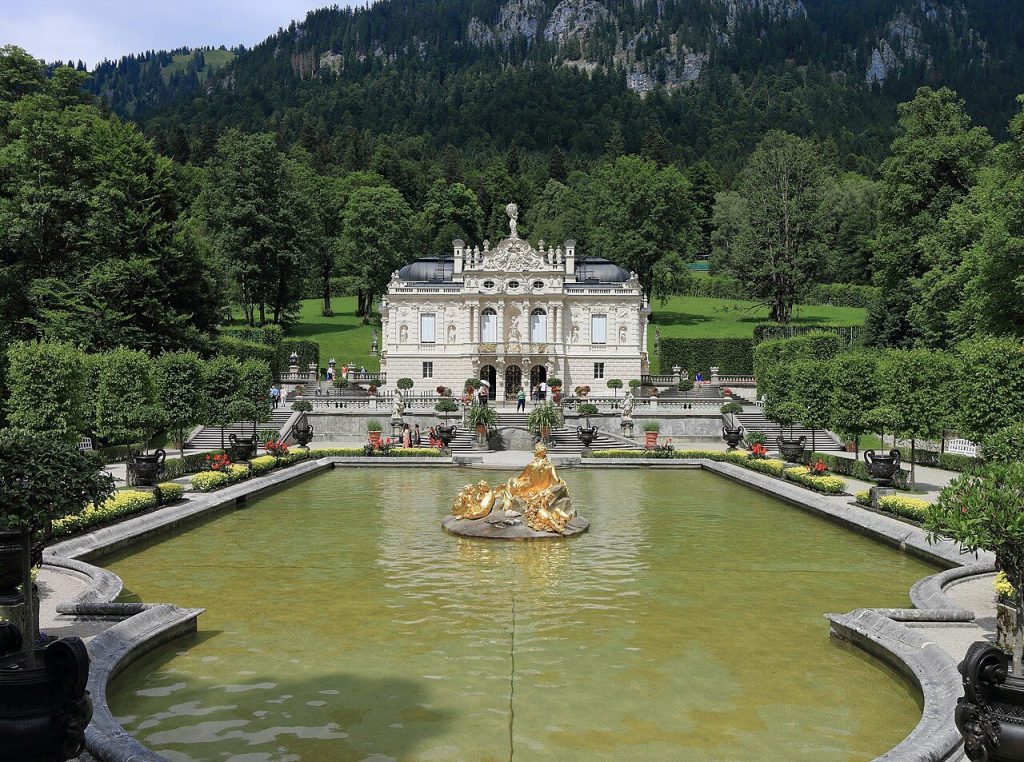
Linderhof Palace
Schloss Linderhof is the smallest palace built by Ludwig II and the only one that was completed while he lived. Major inspiration for the Linderhof Palace was the Palace of Versailles, though it reminds more of the Petit Trianon, the Rococo style palace of Louis XV built on the grounds of Versailles.
In the palace you will find many symbols of the sun, a gentle nod to the sun king Louis XIV and the French notion of absolutism (a form of monarchy where only the monarch decides).
Linderhof was a more private palace. The most important rooms are:
Hall of Mirrors: this room was used as a drawing room by Ludwig II. The room is decorated with mirrors that reflected the light of the candles. Some mirrors are placed parallel which creates the illusion of a never-ending room.
Eastern and Western Tapestry Chambers: These rooms have no real function though sometimes they are referred to as the Music Room because the Western room has an aeolodion.
Audience Chamber: This room was used as on office by Ludwig.
Dining Room: The most famous part of the dining room is the disappearing dumbwaiter (“Tischlein deck dich”) which was installed so that Ludwig could dine alone.
Bedchamber: The bed is located on steps in the alcove closed off by a gilded balustrade which gives the appearance of an altar. The inspiration for this room was the bedroom of the Rich Rooms in the Munich Residence.
Surrounding the palace are gardens designed by Carl von Effner in Renaissance, Baroque, and Engish landscape style.
Where: Ettal
Built: 1874
Style: Rococo
Visitor information: the palace is open daily. Visit the website for more information.

Herrenchiemsee
On the largest island of the Chiemsee Lake called Herreninsel, stands Herrenchiemsee. The King bought the island and transformed the building already standing here into the Old Palace (Altes Schloss). In 1878, he built the New Herrenchiemsee Palace (Neues Schloss) which is designed after the Palace of Versailles.
Ludwig was a big admirer of King Louis XIV of France and Herrenchiemsee is a homage to the French king. Just as in Versailles, the palace has a Hall of Mirrors which has a ceiling painted with 25 frescoes of the French Sun King.
You can visit the State Rooms but also the French Rococo private apartment of the king.
Where: Herreninsel
Built: 1878
Style: Neo Baroque
Visitor information: the palace is open daily. Visit the website for more information.
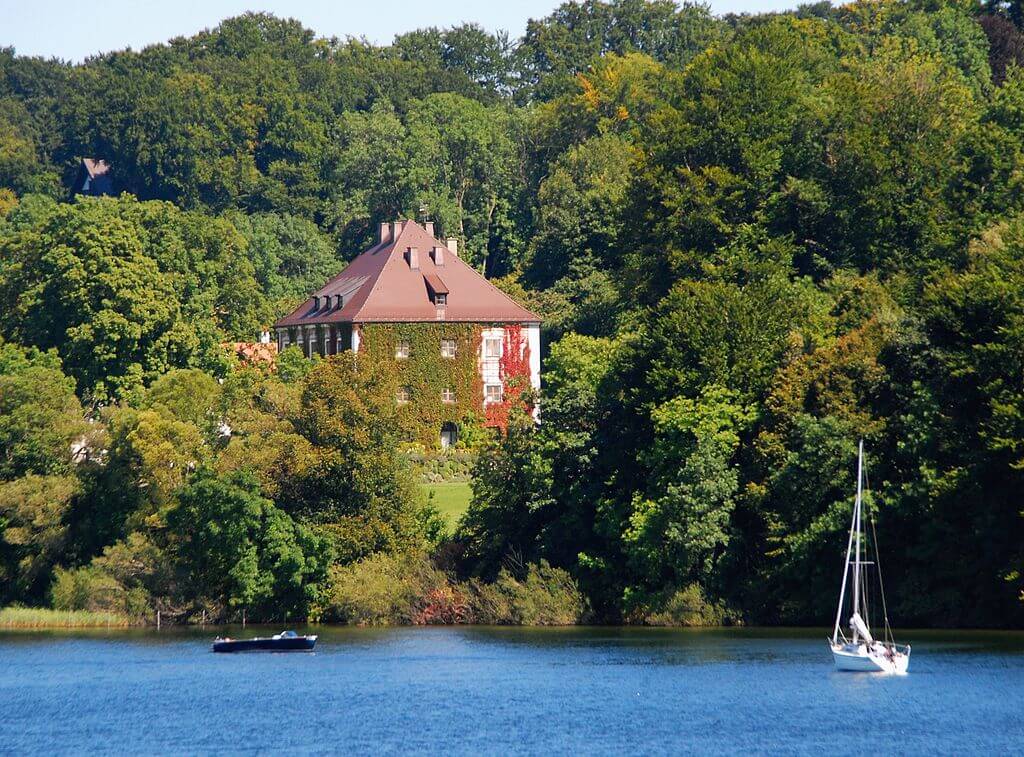
Berg Palace
Schloss Berg is a grand manor house on the east bank of Lake Starnberg. Though Ludwig did not build this castle, he did make some changes to the manor.
Ludwig II built a fifth tower to the palace which he named Isolde. Ludwig uses Berg Palace as a Summer Residence and had it redecorated for the stay of Empress Maria Alexandrovna of Russia. He also built a small chapel by the manor.
Ludwig was brought to Berg Palace after he was declared mad. On June 13, Ludwig and his doctor were found dead in the water of Lake Starnberg.
Where: Berg
Built: 1676 (redesigned in 1849 and after WWII)
Style: Neo Gothic
Munich Residenz Palace Royal Apartment
Ludwig also constructed a royal apartment in the Munich Residenz Palace. He added a winter garden on the palace roof with an ornamental lake, an Indian fisher hut of bamboo, a Moorish kiosk, and an exotic tent. The roof was demolished in 1897.
See also: 22 Spectacular Castles near Munich
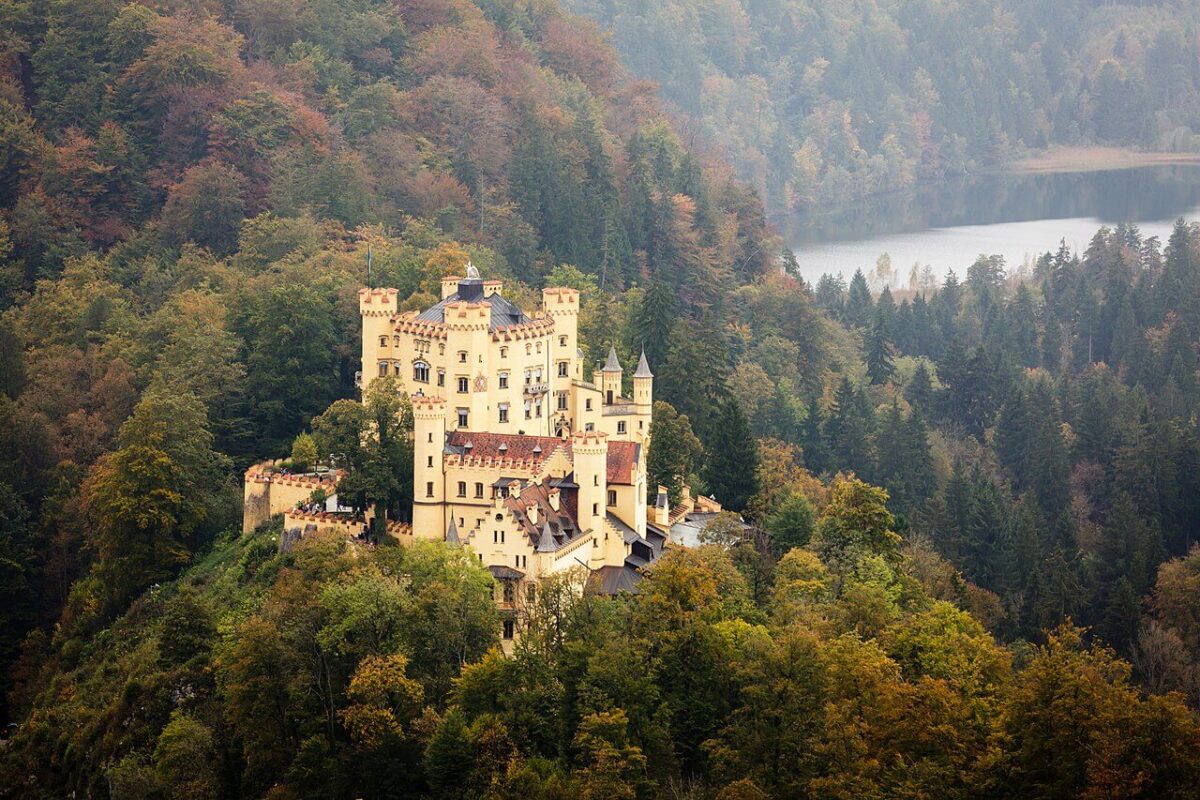
Hohenschwangau Castle
Schloss Hohenschwangau is the childhood home of King Ludwig II. The castle was built in the 19th century by King Maximilian II, Ludwig’s father. The castle was the official summer residence and hunting palace of the Bavarian Royal family, but young Ludwig and his brother Otto spend most of their childhoods here.
Where: Hohenschwangau
Built: 1833
Style: Neo Gothic
Visitor information: the castle is open daily and a guided tour is offered. Visit the website for more information
The Castles of King Ludwig II on a map
Ludwig’s castles are definitely worth visiting if you find yourself in the Bavarian Alps. This map will show you where you can find the magnificent palaces and castles of the fairytale king.
